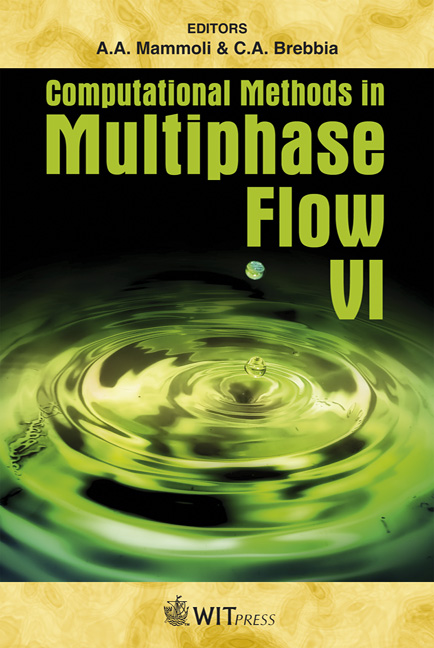Transition Length Between Water And Air-water Flows On Stepped Chutes
Price
Free (open access)
Transaction
Volume
70
Pages
11
Page Range
95 - 105
Published
2011
Size
647 kb
Paper DOI
10.2495/MPF110081
Copyright
WIT Press
Author(s)
A. L. A. Simões, H. E. Schulz & R. M. Porto
Abstract
This study presents the steps followed to obtain mathematical models for the length of the transition region between the \“full-water” and \“full-mixed” flows in stepped spillways. This transition length is defined here as the distance along the flow, parallel to the pseudo-bottom, starting at the end of the \“full-water” region and ending at the beginning of the \“full-mixed” region. The definition is proposed based on experimental profiles of the surface obtained with an acoustic sensor in a stepped chute, which allows one to locate adequately the minima and maxima of the profile. A set of profiles obtained for different flow conditions is shown, and a comparison between predicted and calculated transition lengths is made. Experimental data and theoretical predictions superpose adequately for the present set of data. Keywords: air-water flow, aeration, transition length, stepped spillways. 1 Introduction For the design of stepped chutes it is necessary to know the behaviour of the airwater mixture along the flow. In many cases it is necessary to build bottom aerators that must be conveniently placed, for which the position of the inception point is needed (the section where the air begins to be captured by the water at the upper surface). It is also necessary to know the length of the black water region (upflow of the inception point), and the length along the flow needed for the air to travel until the bottom of the channel (downflow of the inception point). This length is here called \“transition length”, and is defined as the
Keywords
air-water flow, aeration, transition length, stepped spillways





